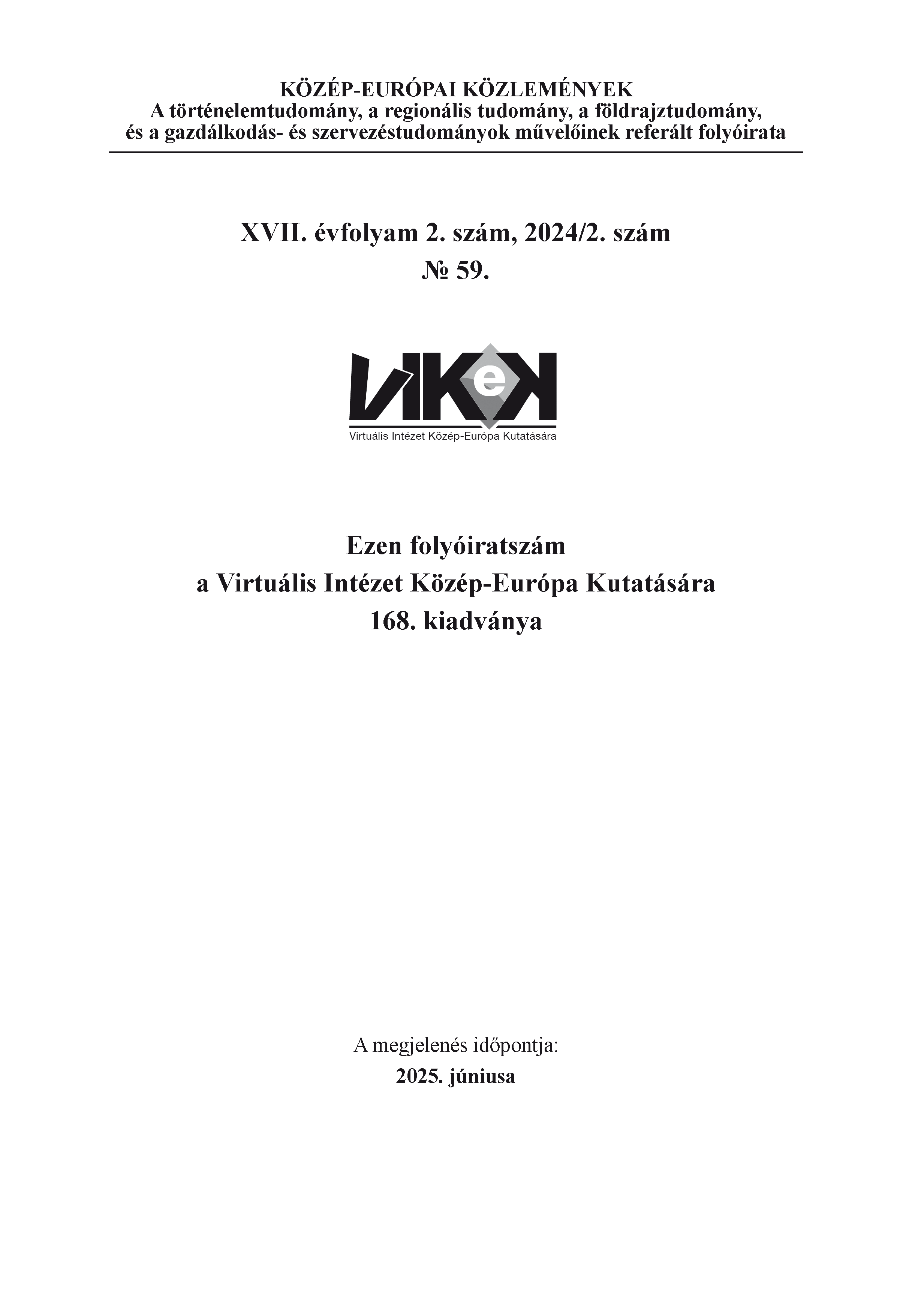A magyar felsőoktatás minőségbiztosítása 1918-tól napjainkig
Main Article Content
Absztrakt
The research describes the quality assurance of Hungarian higher education from 1918 to the present times. This century can divided into three major distinguishable eras: (1) between the two world wars; (2) from the Second World War to the change of the regime; (3) after the change of the regime to present times. Hungarian higher education had a long evolving way in these eras. All of these eras included a major change in the higher education system based on social demands and political pressure. The needs of the different stakeholders resulted in different systems, including the goals, the institutions, and their processes. This resulted in different quality outcomes. The universities as we know nowadays are based on the conception of Humboldt which was introduced in the early 19th century and used until the end of the Second World War in Hungary. The socialism changed the education based on its ideology emphasizing the vertical social movement. After the change of the regime, the focus went to free choice of the young and the demands of the market. The academic freedom of Humboldt came alive again. As quality assurance was not as developed as nowadays in the first part of the 20th century, the current mainstream frameworks – such as the principles of quality management - can not be used to determine the quality of Hungarian higher education in all eras. The framework of stakeholders is used for the research, including four main stakeholders: (1) society; (2) government; (3) students and employers; (4) higher education institutions and professors.
